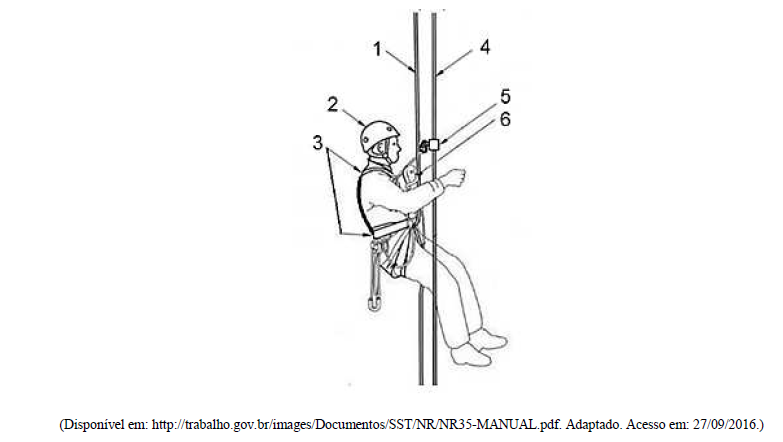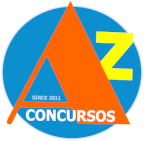(1,0)
Read the text below in order to answer the question.
Chapter 3
CYBER-SCHOOLING AND TECHNOLOGICAL CHANGE
Multiliteracies for new times
Carmen Luke
Introduction: technological innovation and dissemination
In the last few years, talk about the information superhighway has saturated the media, the marketplace, and the public imagination. Social critics and commentators tell us we are in the midst of a technological and information revolution which will change for ever the way we communicate and conduct our everyday affairs. But what is the information revolution? How do the new technologies impact on our lives now and what might these changes mean for the future? What might all this mean for education, for teachers and students, for teaching and learning?
My aim in this chapter is to provide a guided tour of a range of issues currently being raised about new information technologies (IT) and computer mediation communications (CMC), in relation to schooling and literacy. What is interesting in current debates is that researchers and social commentators are looking at much broader and more long-term social and cultural consequences of the impact of CMC. Even among educators, concerns are not confined exclusively to pedagogical and curriculum issues. It seems that questions about the significant and permanent social changes seeping into every crevice of our everyday work and private lives are on everyone's mind. Many of the issues that are being raised today, and which I will sketch out here, deal with abstract notions about the virtual and 'real'; about time and space; about 'body-less' interactions and comunities of learners; about global access, global culture, and so forth. But despite what appears to be a highly abstract debate, it nonetheless has concrete implications for schooling as we know it and all the traditional industrial model precepts and practices developed within that model. And yet the radical technological changes we now hear about in the media - most of which are framed in either a technophobic 'crisis' or else protechnology 'panacea' rhetoric - have been with us for quite some time.
Of all the innovations in communications technologies over the past two decades, the video cassette recorder (VCR), computer, and now the global network of the Internet have had the most profound effect on home entertainment, education, and workplace practice.
[...]
Today, the Internet is generating equally profound changes in the way we communicate, and how we access, produce, and distribute information and knowledge. Yet the Internet too is generating virulent responses from the public and social critics about its 'anarchic' nature: the inability to control it, to censor it, to manage and limit it. The Internet gets a lot of bad press particularly in relation to that age-old concern over various forms of pornography, privacy and sexual harassment, issues concerning 'electronic stalking', and questions of ownership, monopoly, and unequal access. By the same token, the huge educational (and entrepreneurial) potential of the Internet - popularised as the information superhighway - often gets lauded to the point of blind faith.
Literacy requirements have changed and will continue to change as new technologies come on the marketplace and quickly blend into our everyday private and work lives.
[...]
Multiliteracies
What today appear as hybrid and frontier media forms will be commonplace in the near future, and will generate new text-based social repertoires, communication styles, and symbolic systems for accessing and participating in new knowledge and cultural configurations. Consider, for instance, that just to get into any basic computer program requires facility with both print literacy and any number of symbolic languages so that we know where to click in order to move through menued choices. Already we take that kind of literacy for granted. Much has been written on the theory and practice of critical literacy [...] However, scholarship on critical print-text and media literacy has barely taken the emergent digital domain of hypertextuality into consideration (Bigum and Green 1993). At the classroom level as well, 'teaching students about new technologies in their social and cultural work and leisure contexts has not been a high priority in curriculum development' (Kenway 1995). Nonetheless, the basic principles of a critical literacy are as applicable to computer-mediated communication and hypertextuality as they are to traditional print and mass-media texts. [...] The Multiliteracies of digital electronic 'texts' are based on notions of hybridity and intertextuality. [...]
(LUKE, Carmen. Cyber-schooling and technological change: multiliteracies for new times. In: COPE, Bill; KALANTZIS, Mary (Eds.). Multiliteracies: literacy learning and the design of social futures. New York: Routledge, 2000, p. 69-73).
According to the text above, which one(s) of the statements below may not be considered author's critique(s) about new technologies and education?
I - Internet is generating new ways to access, produce, and distribute information and knowledge. II - Scholarship system has barely taken hypertextuality into consideration. III - Teaching students about new technologies has not been a high priority in the school curriculum. IV - Even among educators, the discussion about the impact of technological changes in our everyday lives is not confined exclusively to pedagogical and curriculum issues.
The CORRECT answer is:


